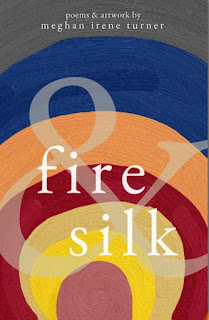Thurlow, editor of the Chico News & Review from 1981-1991, now living in Santa Barbara, spent only a few days in El Salvador during its civil war. Looking for the “bang bang,” the only way to get attention from news outlets back home, Thurlow and his translator, Gilberto Moran, were ambushed by the ruthless Treasury Police. Thurlow was wounded but Moran was killed. The Salvadoran police, Thurlow writes, “shoot first and don’t ask questions later.”
“El Salvador was in the throes of a civil war between the Farabundo Marti National Liberation Front, which fought to end government repression and for land reform, and an authoritarian government.” Weeks after Ronald Reagan was elected President in 1980, four U.S. religious figures, including three nuns, were raped and killed by Salvadoran Soldiers. Meanwhile, Thurlow notes, the U.S. increased support for the government in its proxy war against the Soviets.
The story is told in Thurlow’s riveting first-person account, “El Salvador: Blood On All Our Hands” ($19.99 in paperback from Stansbury Publishing; also for Amazon Kindle).
“Blood was streaming from numerous shrapnel wounds in my arm, and they turned the cameras toward me. I was becoming the news. I was the bang bang. That night, my image would flash across the U.S. on network TV, and I would be heralded, pitied, and pilloried.”
Much of the book recounts Thurlow’s agonizing but fruitless search for Moran’s grave and his family. “Like so many other Americans,” he writes, “I had come to El Salvador to make a point, and I was leaving behind a trail of misery. I had stories to tell … and a clear understanding of how the U.S. was behind so much of the terror. But it would take me 20 years to figure out my responsibility. My country never has.”
Nancy Wiegman interviews Thurlow for Nancy’s Bookshelf on mynspr.org, North State Public Radio, Wednesday, May 1 at 10:00 a.m., rebroadcast Sunday evening, May 5, at 8:00 p.m.




